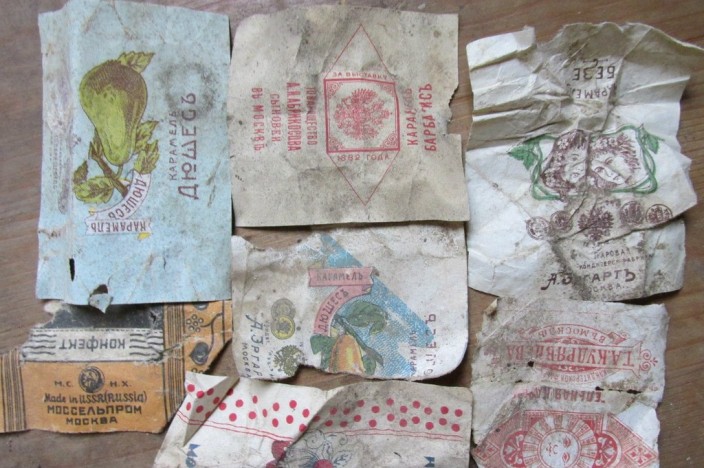
The global scale of plastic pollution could be much worse than previously thought. Microplastics have been found in some of the most remote regions of the oceans: samples taken from the middle of the South Indian Ocean show microplastic pollution detected at high volumes, 42 particles per cubic meter. Read More



